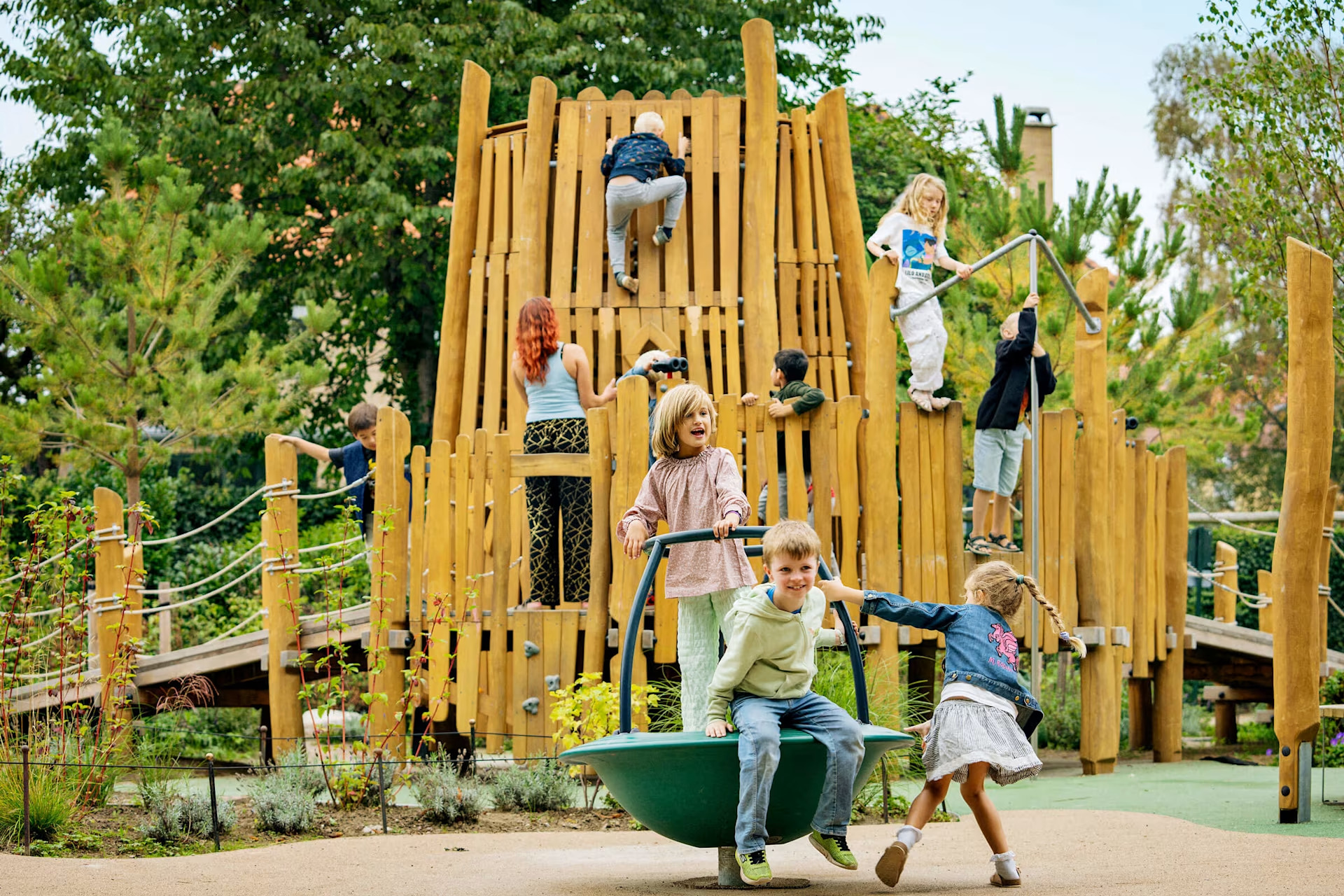
"Children today face unprecedented levels of physical inactivity, with only about 15% of girls aged 11-17 meeting WHO's recommended activity levels. This situation necessitates urgent action from policymakers to enhance outdoor play opportunities."
"Outdoor playgrounds serve as crucial environments for children to gain friends and engage in movement. They play a vital role in enhancing children's physical and mental health by providing spaces for play."
"Designing for children's play must involve a child-centered approach, recognizing that their needs evolve quickly as they grow through various developmental stages, each marked by significant changes."
"The importance of play as a child's right is emphasized in the Convention on the Rights of the Child, underscoring the essential role of playful activities in their development."
Children today face a significant decline in physical activity, with only 15% of girls aged 11-17 meeting WHO recommendations. The rise in childhood loneliness and compromised well-being at school demands attention from parents, city planners, and architects. Outdoor playgrounds are vital for facilitating movement and friendships, contributing positively to children's health. Designers must adopt a child-centered approach, recognizing the rapid developmental changes in children. Through play, children interact with their environment, gaining life skills and insights, thereby reinforcing the necessity of play as recognized in international children's rights standards.
Read at ArchDaily
Unable to calculate read time
Collection
[
|
...
]